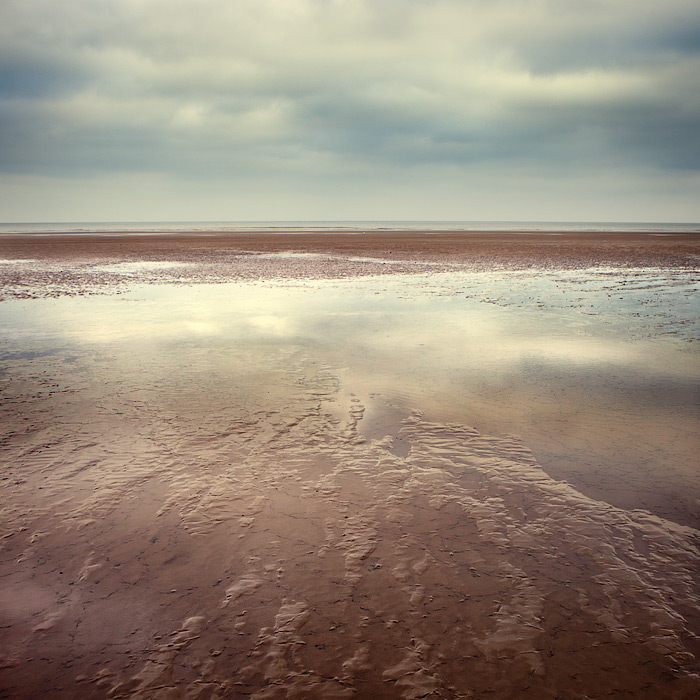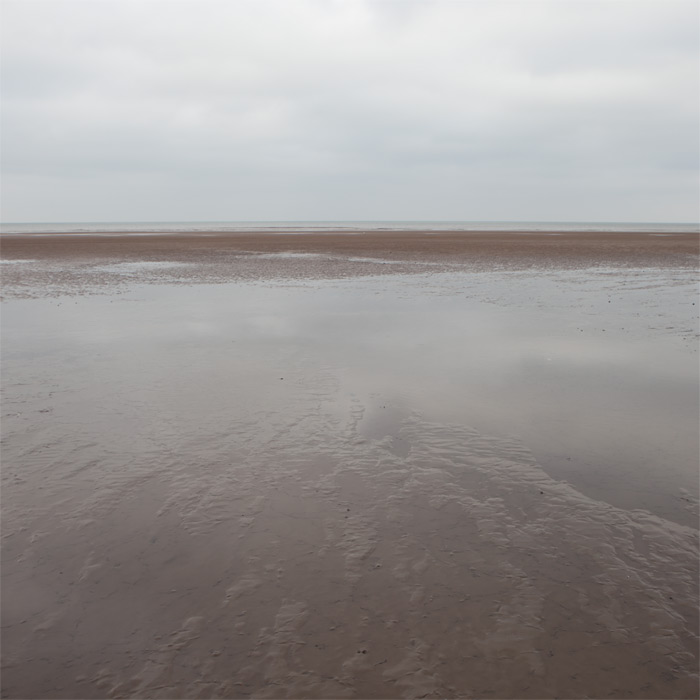LEARN MORE HERE• loading the original |
| previous | latest entry | next |
|
captured camera lens focal length aperture shutter speed shooting mode exposure bias metering mode ISO flash image quality RAW converter plugins (etc) cropped? |
9.19am on 9/10/10 Canon 5D Mark II EF 24-70mm f/2.8L USM 24mm f/8.0 1/50 aperture priority +2/3 evaluative 200 no RAW ACR none 1x1 |
|
|
| previous | latest entry | next |



